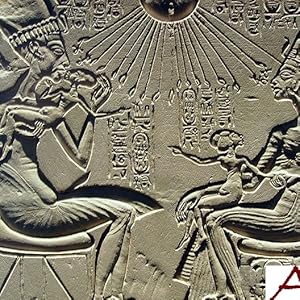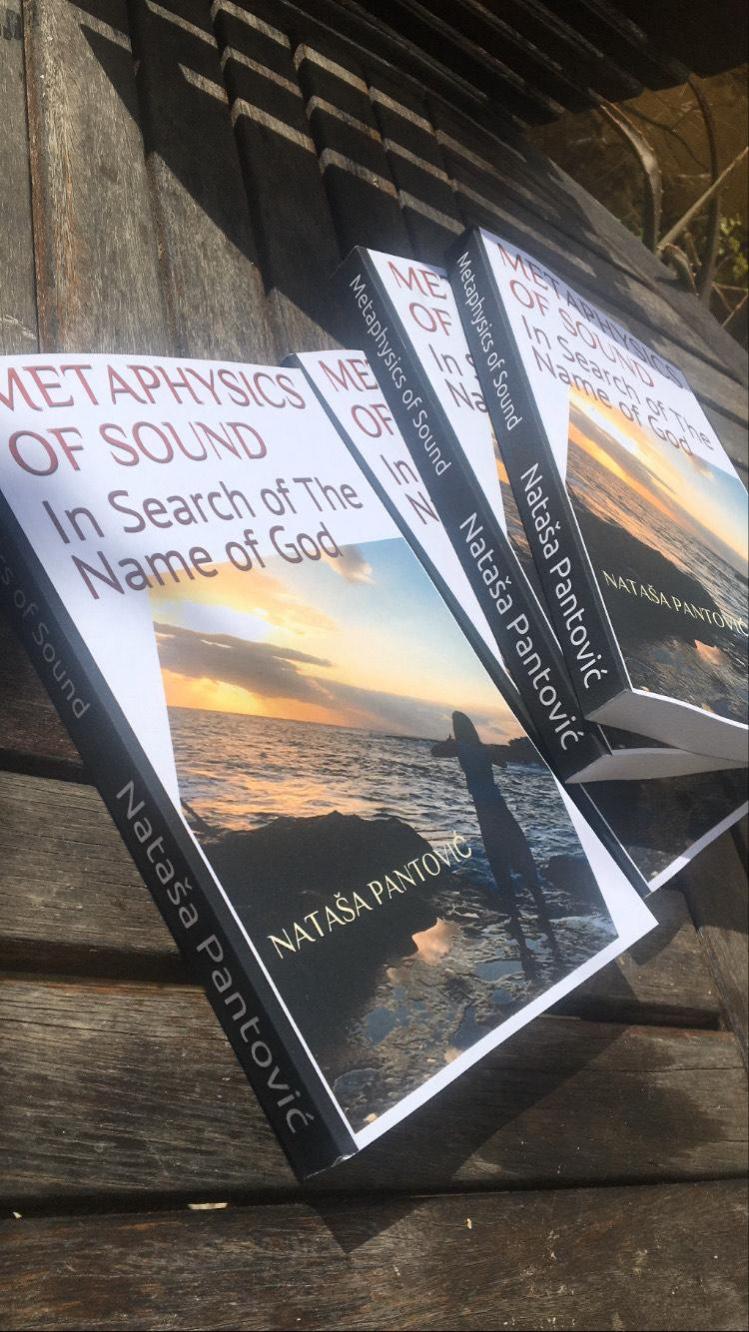Metaphysics of Sound: In Search of the Name of God
by Natasa Nuit Pantovic (Author)

Notebook H aDaM Following sacred H through the esoteric studies of our priests
AdaM H aDaM, reading H (X) as the Sound of God, we get a beautiful undistorted translation of this Bible phrase to be: H has created D and M. H (as the name of God) creates: D as the Male principle, the YanG of consciousness manifestation, creating sounds of D, TH, G, B or R (Dio, Theo, Bog, Beauty, Ben as Chinese for White, Brahma, God, or Ra) and M as the Female, left, Yin manifestation of the Life force. M that is the first element, water, with Moon as its symbol, symbolically presented as the Eye of Horus in Ancient Egypt. The Bible uses the word אָדָם (X-aDaM) in all of its senses: collectively as the mankind, (Genesis 1:27), gender non-specific as "man and woman" together as in Genesis 5:1-2, as for a male or in the collective sense, and the interplay between the individual "Adam" and the collective "humankind". According to an old Rabbi legend, an angel gave Adam the mysteries and secrets of Kabbalah and of Alchemy

Neolithic Europe Script 5,500 BC Vinca Civilization of Ancient Europe
Neolithic Europe Script 5,500 BC Vinca Civilization of Ancient Europe
Both the ancient Egyptians and Incas remind us that the mystical name of the Sun-Moon God is Amon Ra. Ra or Da as the supreme male quality, and Ma or Na as the supreme female quality.
Amun and his female expression Amaun.et 2,100 BC. was a patron deity of Thebes. Scripts were written about “AM-N”, rituals created, 100s of Canaan letters start with “JMN” salutation. He was the transcendental, self-created deity. Other gods were manifested as female and male, reflected in the alphabet, each carrying a symbol, a letter, a sound. As the chief deity of the Ancient Egyptian Empire, Amun-Ra also came to be worshipped outside Egypt, according to the testimony of ancient Greek historiographers in Libya and Nubia. Rosetta Stone's hydrographic sacred script identifies it as NΘR manifesting as nXr, nĐr, nČr, etc. In Ancient Greece he was identified with Zeus. ΘΕΟΣ (θεὸς or Δίὸς) or Dios of the Catholic Roman Church.

Amarna Ancient Egypt AXoN i1350 BC New Kingdom Image with ANX as Holy Spirit
Amarna Ancient Egypt Royal Family 1350BC New Kingdom time of AXoN in Egyptian Museum in Berlin. Ankh or ANX is one of the most recognizable symbols from ancient Egypt, known as "cross of life", dating from 3,000 BC. The symbol is an Egyptian hieroglyph for "life" or "breath of life" = nh = ankh = nX Tracing the sound back in time, we come across X, that was used by the Kings and Priestesses of the Ancient Egyptian New Kingdom. It is carried by the ancient Egyptian gods, goddesses in tomb paintings and worn by Egyptians as an amulet, a golden cross if you wish, around the neck. Ankh, loved and despised by many, have you ever wondered why... An ancient Egyptian symbol often drawn by our wise ancestors was the symbol used by priests and priestesses to represent resurrection and the Holy Spirit. Often interpreted as the word for "life", it traveled across the sees to many ancient civilizations and as the sign was used in the artwork of the Minoan civilization in Crete (Ancient Greece).
Metaphysics of Sound: In Search of the Name of God by Nataša Pantović

Metaphysics of Sound: In Search of the Name of God, 2022 Novel Launched at Malta University Book Festival by Nataša Pantović
Congratulation Nataša Pantovićon your 10th Academia Mention Name Natasa Pantovic has Been included within 10 research papers 2021-2022!

